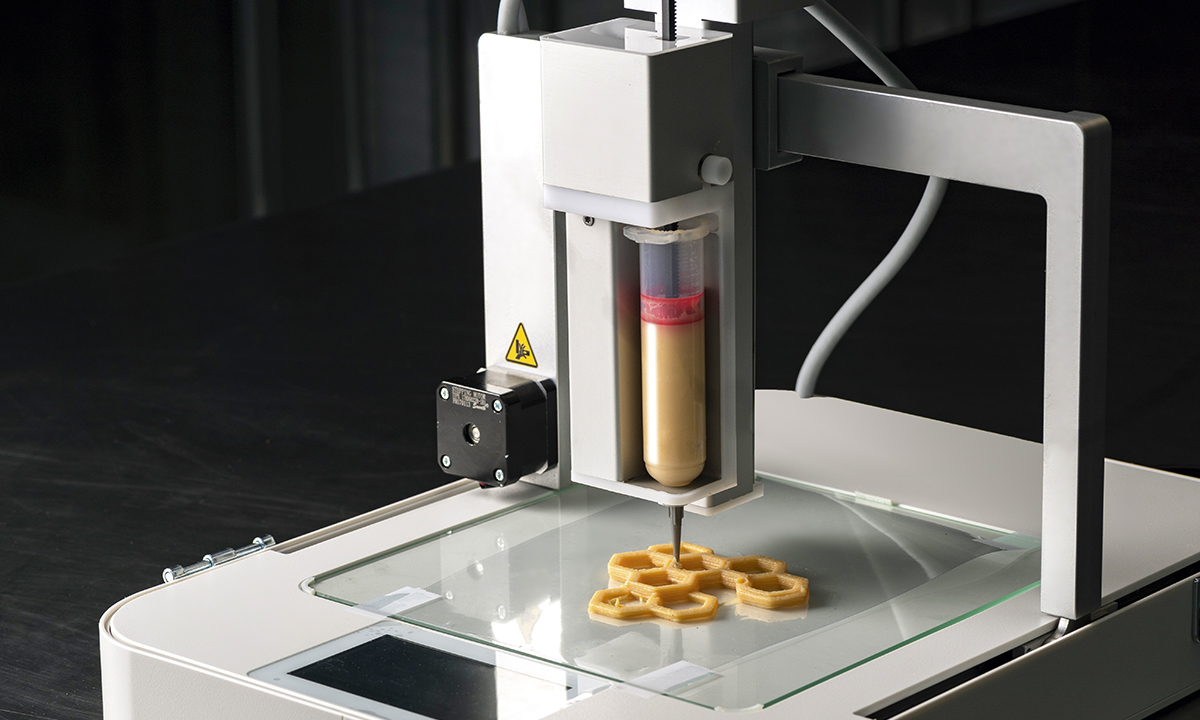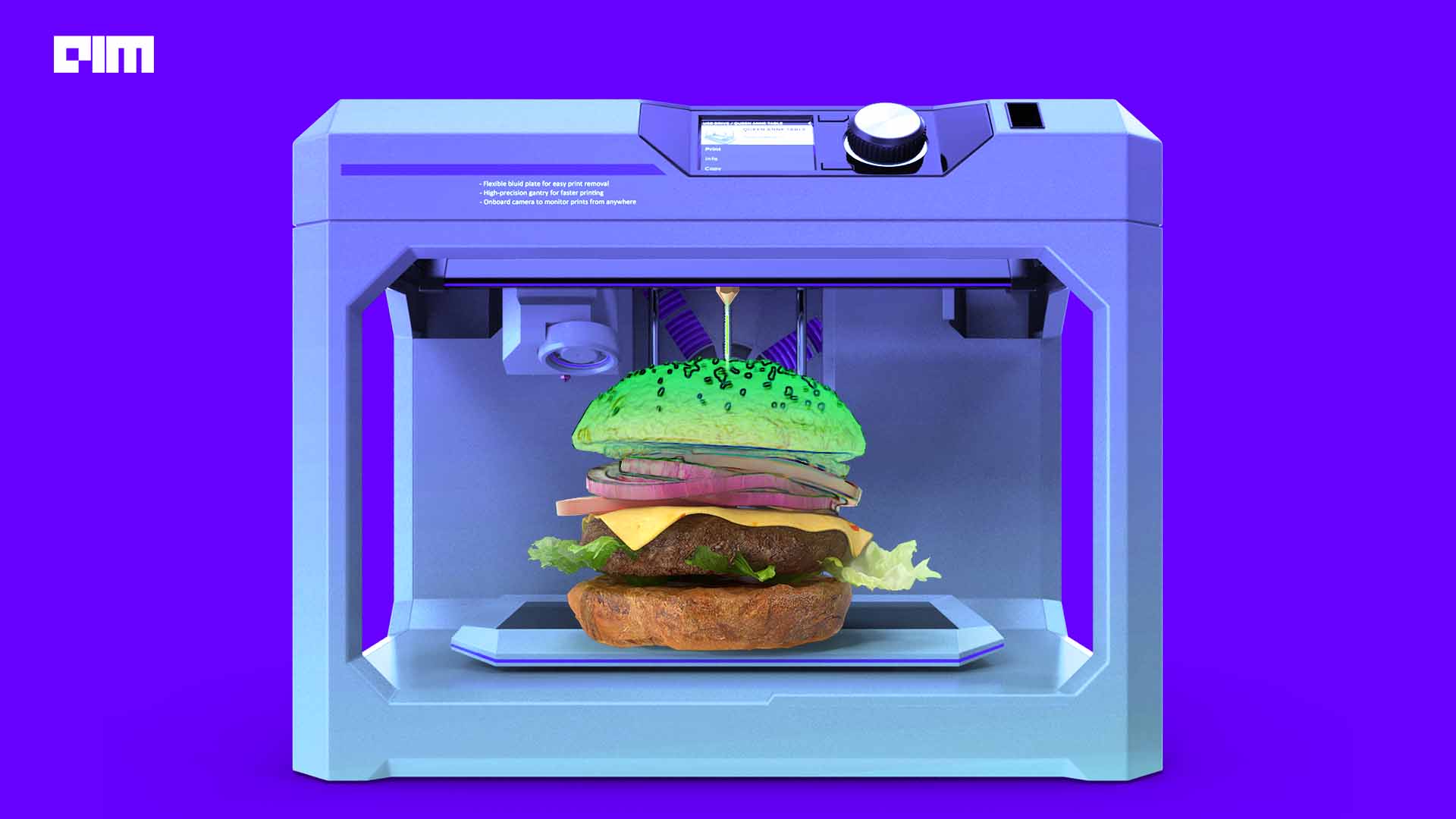Meals printers, the leading edge culinary equipment of the long run, are remodeling the best way we create, personalize, and eat meals. From intricate suitable for eating designs to personalized dietary foods, meals printing opens up a global of culinary chances that have been as soon as unattainable.
With its versatility and precision, meals printing empowers cooks, meals lovers, and nutritionists to push the bounds of gastronomy. This progressive generation has the possible to revolutionize the meals business, addressing world meals safety demanding situations and selling sustainable meals manufacturing.
Historical past of Meals Printing

Meals printing, the method of constructing suitable for eating designs and buildings the use of specialised printers, has passed through a exceptional evolution over time. Its origins can also be traced again to the early 2000s, when researchers started exploring the possibility of 3-d printing generation for meals packages.
Some of the key pioneers on this box was once Dr. Hod Lipson, a mechanical engineer at Cornell College. In 2006, he evolved the Fab@House undertaking, which aimed to make 3-d printing available to most people. This undertaking laid the root for the improvement of meals printing generation.
Within the years that adopted, a number of firms emerged to commercialize meals printing generation. In 2009, Herbal Machines introduced the Foodini, the primary commercially to be had meals printer. This printer allowed customers to create custom designed foods by means of layering other meals elements in combination.
Since then, meals printing generation has persevered to advance hastily. New printing ways had been evolved, and the variability of printable fabrics has expanded considerably. Meals printing is now being utilized in various packages, together with personalised diet, culinary arts, and house exploration.
Elements Using the Development of Meals Printing Generation
- Higher call for for personalised diet:Meals printing allows the introduction of custom designed foods that meet explicit nutritional wishes and personal tastes.
- Rising passion in culinary innovation:Meals printing supplies cooks with new equipment and strategies for growing visually interesting and leading edge dishes.
- Developments in 3-d printing generation:Enhancements in 3-d printing {hardware} and device have made meals printing extra exact and environment friendly.
- Executive give a boost to:Executive companies around the globe are making an investment in meals printing analysis and construction.
Fabrics Utilized in Meals Printing: Meals Printer

Meals printing, an leading edge culinary methodology, makes use of a various vary of fabrics to create suitable for eating masterpieces. Those fabrics surround food-grade inks, biomaterials, and different leading edge ingredients, each and every contributing distinctive houses and packages.
Meals-Grade Inks
Meals-grade inks shape the root of meals printing, enabling the correct deposition of suitable for eating colours, patterns, and designs. Those inks are composed of suitable for eating dyes, pigments, and flavorings, moderately formulated to fulfill stringent meals protection requirements.
- Suitable for eating Dyes:Synthetic or natural colorants derived from vegetation, bugs, or minerals, suitable for eating dyes impart colourful hues to revealed meals. They’re most often water-soluble and heat-stable.
- Pigments:Insoluble debris that offer opacity and colour to meals inks. Pigments be offering higher balance and resistance to fading in comparison to dyes.
- Flavorings:Meals-grade flavorings can also be included into inks to improve the style of revealed meals. Those flavorings are moderately decided on to counterpoint the published designs and supply a multisensory enjoy.
Biomaterials, Meals printer
Biomaterials, derived from herbal resources reminiscent of vegetation, animals, or microorganisms, are an increasing number of hired in meals printing. Those fabrics be offering distinctive benefits, together with biocompatibility, sustainability, and doable well being advantages.
- Cellulose:A plant-based biomaterial, cellulose paperwork the foundation of many suitable for eating printing substrates. It supplies construction and balance to revealed meals, enabling the introduction of complicated shapes and textures.
- Gelatin:A protein derived from animal collagen, gelatin paperwork suitable for eating gels that can be utilized as printing substrates or as an element of meals inks. It supplies transparency, flexibility, and the facility to encapsulate flavors or vitamins.
- Algae:Microalgae and seaweed extracts can also be included into meals printing fabrics to improve dietary worth and supply herbal colorants. Algae are wealthy in nutrients, minerals, and antioxidants.
Different Leading edge Fabrics
Past food-grade inks and biomaterials, researchers are exploring a variety of leading edge fabrics for meals printing. Those fabrics be offering doable advantages reminiscent of enhanced capability, sustainability, and personalization.
- Suitable for eating Electronics:Conductive fabrics can also be revealed onto meals surfaces to create interactive or practical meals merchandise. Those fabrics allow the combination of sensors, actuators, and different digital elements.
- 3-d Printing Filaments:Meals-grade filaments particularly designed for 3-d printing permit the introduction of complicated meals buildings with exact keep an eye on over form and texture.
- Customized Vitamin:Meals printing applied sciences can be utilized to create personalised diet merchandise adapted to person nutritional wishes or personal tastes. This comes to printing explicit vitamins or bioactive compounds into meals merchandise.
Question Answer
What’s the theory in the back of meals printing?
Meals printing comes to depositing food-grade fabrics layer by means of layer to create third-dimensional meals buildings. Other printing ways, reminiscent of inkjet, laser, and extrusion-based printing, are used to reach exact placement and keep an eye on over the published meals.
What varieties of meals fabrics can be utilized in meals printing?
Meals printing makes use of a variety of food-grade fabrics, together with suitable for eating inks, purees, gels, and biomaterials. Those fabrics can also be custom designed to create other textures, flavors, and dietary profiles.
What are the possible packages of meals printing?
Meals printing has numerous packages in meals manufacturing, culinary arts, and personalised diet. It may be used to create custom designed meals merchandise, improve meals presentation, expand novel meals ideas, and cope with world meals safety demanding situations.


